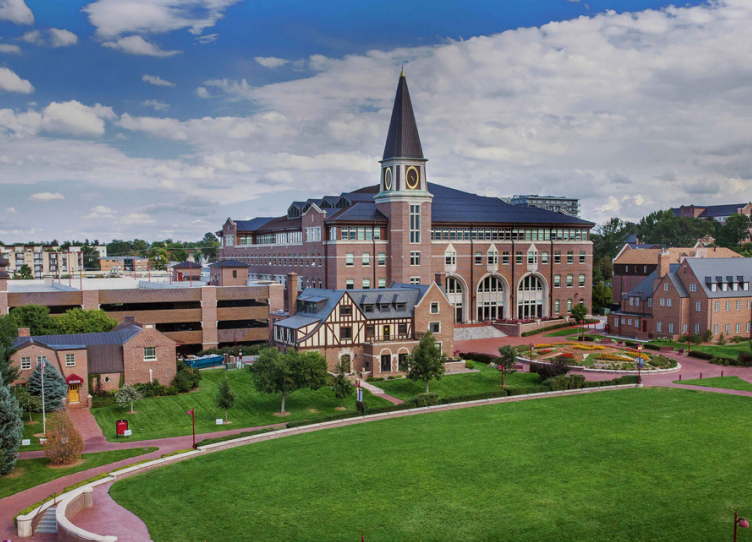By: Rashida Banerjee, Professor and Chair for the Department of Teaching and Learning Sciences
Key Steps
When crafting a department or team-level newsletter, it is important to understand the goal of the communication. While many newsletters are content-rich or ideas-heavy, the weekly TLS (Department of Teaching and Learning Sciences) newsletter is interested in making life easier for full-time and part-time faculty and staff by keeping both in an easy to find and approachable email. Maintaining a consistent style guide helps keep the newsletter easy to navigate. By keeping the TLS newsletter more informal and conversational, it can avoid being “just another newsletter” that can cause faculty’s eyes to glaze over.
The TLS newsletter approach is to treat the unending waves of information faculty are bombarded by on a daily basis as a problem to be solved. Rather than finding new ways to fill faculty schedules and calendars, it is structured around being a one-stop shop for key dates, important updates, community engagement, and “in case you missed it” resources. In many ways, it is purposefully *not* a newsletter, but instead a resource for faculty to return to, and a conversation to keep both part-time and full-time involved in their department, university, and wider community.
Body of the Newsletter
- Celebrations– By starting light, the communication can stay friendly and largely informal, even if team members are skimming much of the email’s contents, celebrating a faculty member’s birthday or congratulating a new promotion or celebrating a student and mentor achievement brings the team together. If the newsletter can spark “thank you’s” and “congratulations” then it is already helping the team.
- Department Information– Faculty members are inundated by newsletters, email chains, and mailing lists; the purpose of this communication is to keep all this information together and easy to revisit. These pieces are more directly important to many faculty, and should be prioritized, but not over-curated. Sharing information in an email, frees up significant time during the meetings and offers transparency of processes.
- Connecting to the Wider University. Departments can often turn into micro-sized fiefdoms, cut off from the wider DU community. Faculty have difficulty enough keeping communications within their department straight, so helpfully compiling wider community emails can help alleviate much of the stress.
- Community Integration– Faculty are not just members of their own department or of the broader DU team, but members of the community of Denver, Colorado, and an international coalition of educators and staff. The community integration section helps connect work here at DU to a wide array of studies, programs, and research across the globe.
- Upcoming Events. Communications from across the university often contain important information on registration, location, and the purpose of events, but can easily be lost in the noise. This section offers a living list of events and key dates on the horizon.

